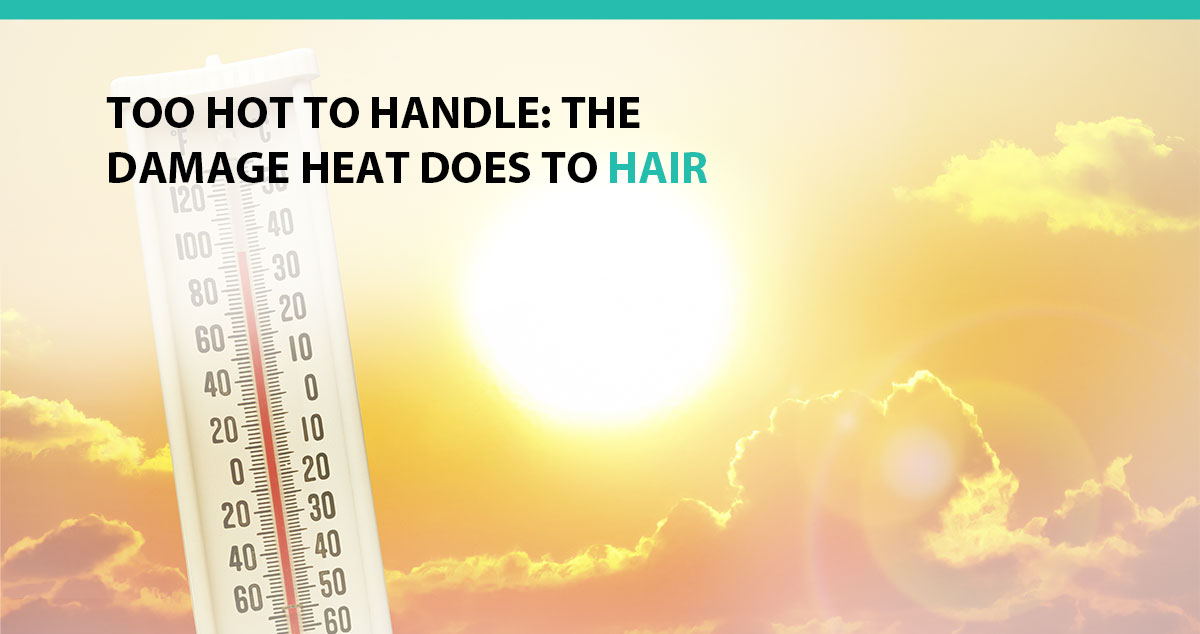
Hair is a defining feature for many individuals, playing a significant role in self-esteem and personal identity. But the delicate structure of hair and hair follicles makes them susceptible to various forms of damage, especially from heat. Heat damage can have detrimental effects on both the hair shaft and the underlying hair follicles, which is of particular concern for individuals undergoing hair transplantation or on the recovery side.
The Structure of Hair and Hair Follicles
To understand how heat damages hair, it is important to first grasp the basic anatomy of hair. Each hair strand is composed of three layers: the cuticle, cortex, and medulla. The cuticle, the outermost layer, consists of overlapping cells that protect the inner structure. The cortex, which provides strength, color, and texture, contains the protein keratin and melanin. The medulla, the innermost layer, is often absent in fine hair.
Hair follicles, located in the dermal layer of the skin, are the dynamic structure from which hair grows. Each follicle cycles through phases of growth (anagen), transition (catagen), and rest (telogen). Hair health is closely tied to the integrity of these follicles, which can be compromised by heat exposure.
Mechanisms of Heat Damage
Heat can damage hair and hair follicles in several ways:
- Protein Denaturation: Hair is primarily composed of keratin, a protein that can denature (lose its structure) when exposed to high temperatures. This denaturation weakens the hair, making it more prone to breakage and split ends.
- Cuticle Damage: The cuticle protects the inner layers of the hair shaft. High temperatures can lift the cuticle, leading to increased porosity, moisture loss, and vulnerability to mechanical damage.
- Moisture Loss: Heat can strip hair of its natural moisture, leading to dryness, frizz, and brittleness. Dehydrated hair lacks elasticity, increasing the likelihood of breakage.
- Oxidative Stress: Heat can generate free radicals, leading to oxidative stress that damages both the hair shaft and follicle cells. This oxidative damage can impair the ability of hair follicles to produce healthy hair.
- Alteration of Hair Lipids: Heat can alter or degrade the lipids in hair, which help maintain moisture and flexibility, compromising hair’s structural integrity.
Heat Damage and Hair Transplantation
Hair transplantation is a surgical procedure that involves relocating hair follicles from a donor site to a recipient site, typically used to treat hair loss. The success of this procedure heavily relies on the health of the transplanted hair follicles. Therefore, understanding the impact of heat on these follicles is crucial for both preoperative preparation and postoperative care.
Preoperative Considerations
Before undergoing hair transplantation, it is important to minimize any potential damage to the hair and scalp. This includes avoiding excessive heat exposure from styling tools such as hair dryers, curling irons, and straighteners. Patients are often advised to:
- Reduce Heat Styling: Limit the use of heat-based styling tools to prevent damage to existing hair and follicles.
- Use Heat Protectants: When heat styling is necessary, apply heat protectant products to reduce the risk of damage. Make sure the ingredients are not harmful.
- Avoid Chemical Treatments: Procedures like coloring or perming can compound heat damage and should be avoided in the weeks leading up to surgery.
Postoperative Care
After a hair transplant, the newly transplanted hair follicles are particularly vulnerable as they establish themselves in their new location. Proper after-care is essential to ensure the success of the procedure and to promote healthy hair growth. Key recommendations include:
- Avoid Heat Exposure: For at least a few weeks post-surgery, patients should avoid any form of heat exposure, including direct sunlight and heat styling tools. Heat can exacerbate inflammation and impede the healing process.
- Gentle Hair Care: Use mild, sulfate-free shampoos and avoid vigorous scrubbing of the scalp. Pat the hair dry with a soft towel instead of rubbing to prevent mechanical damage.
- Hydration and Nourishment: Keep the scalp hydrated using doctor-recommended products. Proper hydration supports the healing process and helps maintain the health of the hair follicles.
- Protective Hairstyles: Adopt hairstyles that minimize tension and stress on the scalp. Avoid tight ponytails or braids that can pull on the hair follicles.
- Follow-Up Care: Regular follow-up appointments with the surgeon are critical to monitor the healing process and address any concerns promptly. Adhering to prescribed medications and treatments can also support hair growth.
Heat damage poses a significant threat to the health and integrity of hair and hair follicles. Understanding the mechanisms through which heat affects hair can inform both preventive and restorative measures, especially when it comes to hair transplantation. Proper preoperative and postoperative care, with a focus on minimizing heat exposure and promoting gentle hair care practices, is needed to ensure the success of hair transplantation procedures and maintain overall hair health. By taking these steps, you can protect your investment in hair restoration and enjoy healthier, more resilient hair.










